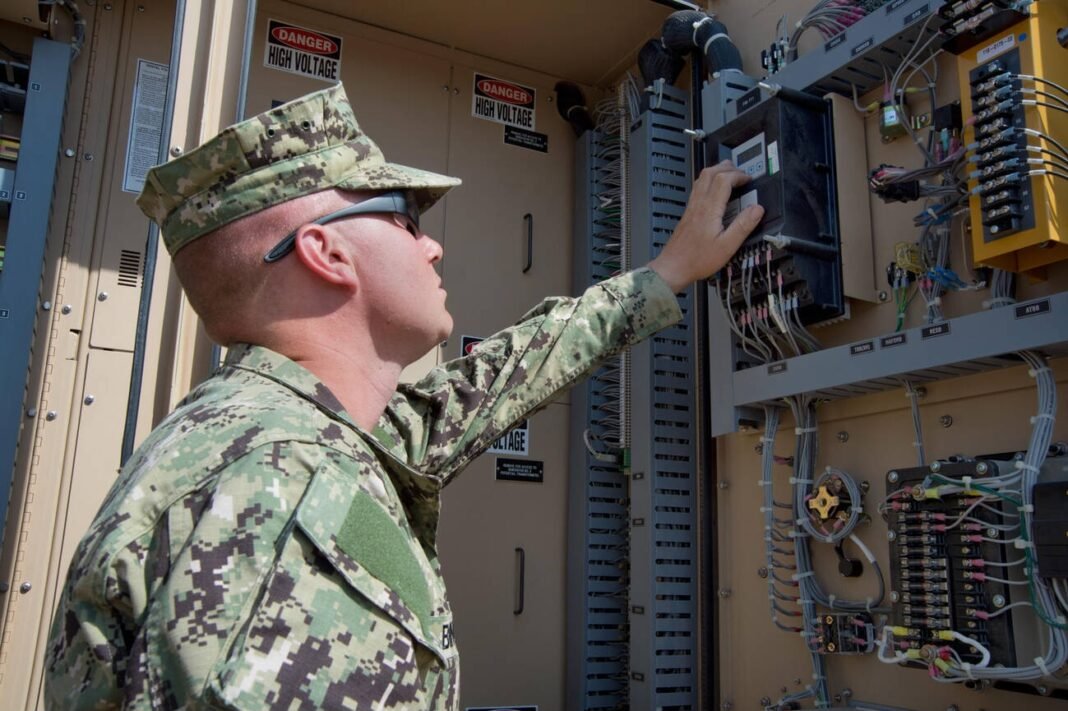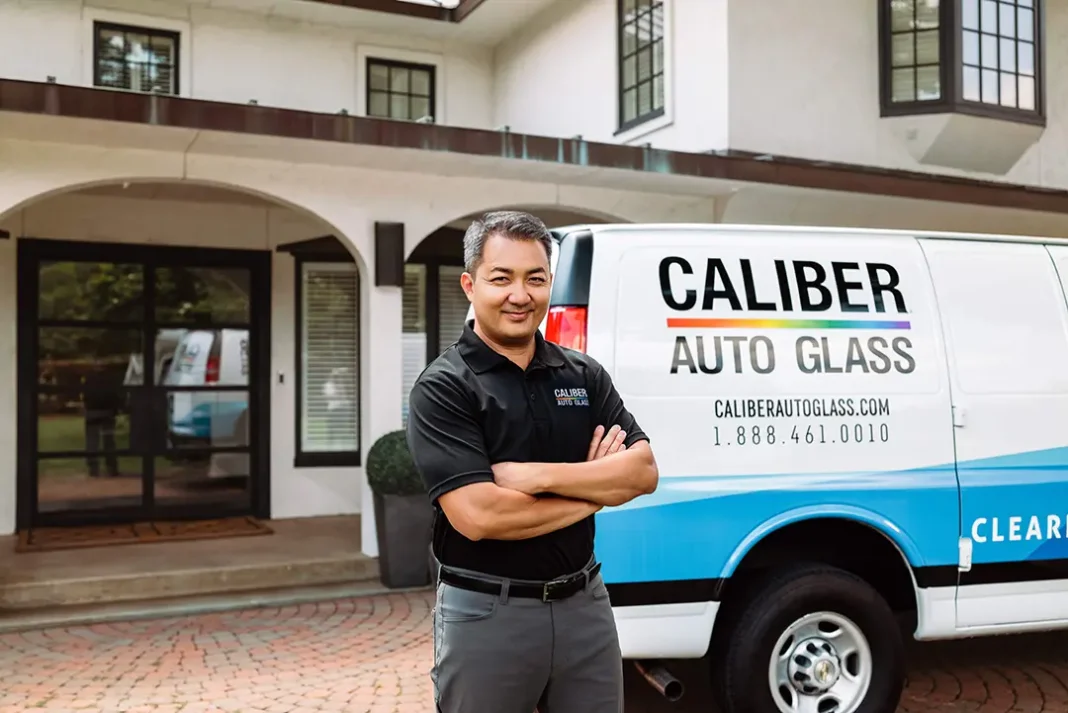In an era where power outages are more frequent due to severe weather and an overburdened power grid, the importance of having a reliable backup power source has never been more critical. Generator installations offer a solution, providing households and businesses with a sense of security and continuity during electrical disruptions. Integrating a generator into your home’s electrical circuit can mitigate the risks associated with power outages, including the prevention of carbon monoxide buildup from conventional heating sources and the spoilage of food in refrigerators and freezers. Moreover, for those reliant on natural gas or other fuels, a properly installed generator ensures that heating and other critical systems continue to operate efficiently.
This article will guide you through the nuances of generator installations, from understanding key considerations like the type of generator suitable for your needs to a comprehensive look at the installation process itself. We will delve into the cost factors affecting generator installation, providing insights on getting a generator quote and considerations for potential generator repair. Additionally, the significance of professional installation will be highlighted to emphasize its role in ensuring safety, optimizing performance, and navigating the complexities of integrating a generator with sensitive electrical circuits and natural gas lines. Whether you’re preparing for severe weather or seeking to enhance your home’s resilience against power grid failures, this step-by-step guide aims to demystify the process of generator installations and help you make informed decisions.
Understanding Generator Installations: Key Considerations
Importance of Backup Power
Homeowners recognize the critical role of backup generators during power outages, providing an essential source of power. This is particularly evident in regions like Maryland and Florida, where severe weather can disrupt power frequently. Backup generators not only keep lights and appliances operational but also ensure safety by maintaining power to essential systems such as heating or air conditioning and home security setups.
Air-cooled vs. Liquid-cooled Generators
When choosing a generator, one of the primary considerations is deciding between an air-cooled and a liquid-cooled generator. Air-cooled generators are generally less expensive, easier to maintain, and adequate for moderate climates. They use the surrounding air to cool the engine, which can be efficient enough for small to medium-sized homes. In contrast, liquid-cooled generators are more suitable for larger homes or commercial settings, particularly in hotter climates where they can operate more efficiently and handle higher power loads without overheating.
Determining Your Power Needs
Before selecting a generator, it is crucial to assess your power requirements. This involves listing essential appliances and calculating their total wattage needs. For instance, if ensuring that a refrigerator and an air conditioning unit remain operational during an outage is a priority, their combined wattage will guide the minimum power output your generator should have. This step is fundamental in preventing the under-sizing of your generator, which can lead to inadequate power supply during critical times.
Sizing the Generator to Your Home
The size of the generator should match the scale of your home and power needs. Smaller homes with fewer power requirements can function effectively with a portable or smaller standby generator. However, larger homes, or those with specific needs such as running heavy appliances or medical equipment, will require more robust systems. Consulting with a professional to discuss your home’s layout and energy requirements can ensure that you select a generator that matches your needs without excessive cost or wastage of resources.
By understanding these key considerations, homeowners can make informed decisions about generator installations, ensuring reliable backup power tailored to their specific needs.
The Installation Process Demystified
Initial Consultation and Assessment
The journey to a seamless generator installation begins with an initial consultation and assessment. This crucial step involves selecting the right generator based on the home’s power needs and the homeowner’s preferences. Professionals conduct a thorough assessment, considering factors such as the home’s layout, existing electrical infrastructure, and potential locations for the generator. This stage ensures that the generator selected can adequately meet the power demands during an outage.
Choosing the Right Location for Installation
Selecting an optimal location for the generator installation is paramount. The chosen site should be a stable, well-drained area that can support the weight of the generator and the concrete pad it will rest on. It is essential to ensure that the generator is placed at least five feet away from any house openings to prevent exhaust gases from entering the home. Additionally, the installation spot should allow easy access for maintenance and be safe from flood risks, ensuring efficient operation and longevity of the generator.
Connecting to Fuel Sources
A critical step in the installation process is connecting the generator to an appropriate fuel source, which could be natural gas, propane, or diesel. This task should be handled by a licensed professional to ensure safety and compliance with local regulations. The connection involves integrating the generator with existing fuel lines or installing new ones if necessary. Proper execution of this step is crucial for the effective and safe operation of the generator.
Electrical Integration and Safety Checks
Integrating the generator into the home’s electrical system involves several detailed steps. Firstly, a transfer switch is installed to shift the home’s power source from the utility to the generator during outages. This switch is critical for safely managing the power transition and must be installed by a licensed electrician. Following the electrical integration, comprehensive safety checks are conducted to ensure there are no leaks or hazards. The system is then tested thoroughly to confirm that it activates correctly during power outages and sufficiently powers the home.
Regular maintenance and professional servicing are recommended to maintain the generator’s efficiency and longevity. These checks typically include inspecting oil levels, battery conditions, and ensuring the unit is clear of debris. Annual service checks by professionals help in maintaining optimal performance and preventing potential issues.
Cost Factors of Generator Installation
Average Cost Ranges
The financial commitment involved in installing a generator can vary significantly based on several factors. The cost of installing an air-cooled generator typically starts around $6,897, while more comprehensive setups like those involving liquid propane can range from $500 to $6,000. For those considering more robust options, diesel generators can cost between $3,000 and $15,000, and a permanent installation can escalate to approximately $15,000, depending on the complexity and specifications required.
Factors Influencing Cost
Several elements influence the total cost of generator installation:
- Type of Generator: Standby generators are generally more expensive than portable ones due to their complexity and the need for permanent installation.
- Power Needs: The size and power output of the generator significantly affect the price. Higher wattage units that can power an entire house are more costly compared to smaller models designed for basic needs.
- Installation Complexity: Costs can increase based on the difficulty of the installation site, the need for additional electrical wiring, and whether a concrete pad is required for the generator.
- Local Building Codes and Permits: Compliance with local regulations may require additional work and fees, influencing the overall cost.
Potential Additional Expenses
When planning for a generator installation, homeowners should consider possible additional costs:
- Fuel Storage and Plumbing: Integrating a generator with a home’s natural gas line or setting up a propane tank can involve significant expense, particularly if extensive plumbing work is required.
- Permits and Inspections: Local regulations may necessitate specific permits and inspections, each potentially adding to the total cost.
- Maintenance and Repairs: Regular maintenance is crucial for the longevity of the generator, involving costs like oil changes, filter replacements, and general servicing.
Financing Options and Savings
Financing can play a pivotal role in managing the upfront costs of purchasing and installing a generator. Options like consumer credit cards and project loans can break down the total cost into manageable monthly payments, making it easier for homeowners to invest in a generator without significant financial strain. Additionally, choosing a financing plan can allow for the inclusion of extended warranties and maintenance plans, which help save on future repair costs.
Why Professional Installation Matters
Safety Considerations
Professional generator installers bring a high level of expertise and knowledge that significantly enhances safety during installation. They are trained to handle various generator types and sizes, ensuring that each setup is optimized for safe operation. This includes proper handling of electrical wiring and ensuring that all safety protocols are followed to prevent accidents and ensure the generator operates reliably in emergency situations.
Compliance with Local Codes and Regulations
One of the critical advantages of hiring professional installers is their deep understanding of local building codes and safety regulations. They ensure that the installation complies with all regional legislation, including emission standards and electrical safety norms. This compliance is crucial not only for legal operation but also for ensuring that the installation does not inadvertently void any warranties or lead to penalties.
Expertise and Experience Benefits
Professionals possess the necessary skills and experience to effectively manage the complexities associated with generator installations. Their proficiency allows them to anticipate and mitigate potential issues, customize installations based on specific site requirements, and provide advice on the best practices for maintaining the generator. This level of expertise ensures that the generator is installed efficiently, with a focus on long-term reliability and performance.
Warranty and Service Agreements
Choosing professional installation often comes with the added benefit of warranties and service agreements that provide peace of mind. Professionals work closely with manufacturers to ensure that all protocols are followed correctly, which is essential for maintaining the validity of warranties. Furthermore, many installers offer service agreements that cover regular maintenance, ensuring that the generator remains in optimal condition, which can significantly extend its lifespan and enhance its performance.
Conclusion
Throughout this article, we’ve explored the vital aspects of generator installations, from selecting the right type based on your needs to understanding the intricacies of the installation process itself. The importance of professional installation has been underscored, emphasizing not only the safety and efficiency it brings but also the compliance with local building codes and regulations. By considering the various cost factors involved, homeowners can make informed financial decisions, ensuring their investment in a backup power solution is both prudent and tailored to their specific requirements.
As we conclude, it’s clear that the decision to install a generator is a significant step towards enhancing your home’s resilience against power outages, offering peace of mind during uncertain times. With the right preparation and professional guidance, securing a reliable backup power source becomes a manageable task, leading to a safer, more comfortable living environment. This guide aims to equip readers with the knowledge needed to navigate the process smoothly, making informed decisions that ultimately secure their home’s energy independence.
FAQs
What are the steps involved in installing a home generator?
The installation of a home generator can be broken down into four main steps:
- Choosing a Location: A consultation will assist in selecting the optimal location for the generator.
- Installation Preparation: The chosen site is prepared with either a concrete slab or pea gravel.
- Connecting Fuel and Electrical Systems: The fuel line is connected to the generator.
- Outage Simulation: A test is run to simulate a power outage and ensure everything operates smoothly.
Is it possible to install a generator by oneself?
It is strongly advised against attempting to install a standby generator on your own. This task carries significant risks and could endanger your life as well as your family’s. It is essential to engage a licensed electrical contracting business, as they possess the necessary training and certifications from the manufacturer regarding their products.
What considerations should be made before installing a generator?
Before proceeding with generator installation, several factors should be considered:
- Load Capacity: Understand that generators are not meant to power an entire house; prioritize which appliances and systems need power.
- Transfer Switch: Ensure the installation includes a transfer switch.
- Make and Model: Choose the generator that fits your specific needs.
- Regular Testing: It’s important to test the generator periodically to ensure it functions correctly when needed.
How does one install a new generator?
The installation process for a new generator typically involves the following sequence:
- Attach the generator set to a lifting device and a crane.
- Move the generator set into position and align it with the concrete mounting studs.
- Secure the generator set with the appropriate attaching hardware (washer, lock washer, nut).
- Fill the generator’s fuel tanks.
- Connect the generator’s output to the Automatic Transfer Switch (ATS).


